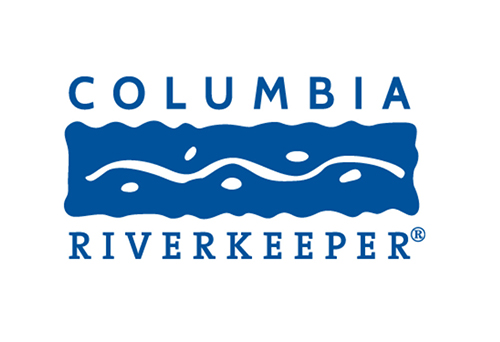
Environmental nonprofit Columbia Riverkeeper on Sept. 12 that it has reached an agreement with the Port of Vancouver USA and to settle a Clean Water Act lawsuit challenging years of alleged unlawful water pollution from the port that threatened endangered salmon.
As part of the settlement, the port committed to make significant changes to reduce the amount of water pollution that flows off the 1643-acre property and into the Columbia River.
“Today’s settlement is a big win for clean water and everyone who values the Columbia’s iconic salmon and the people and cultures that rely on them,” Columbia Riverkeeper Executive Director Lauren Goldberg said. “Public ports have a critical role to play in keeping the Columbia swimmable and fishable for all.”
However, before the proposed settlement can go into effect, it must undergo a 45-day review period by the U.S. Department of Justice and then be approved by a federal district court judge.
As part of the settlement, the port agreed to work with its tenant that handles copper ore, Vancouver Bulk Terminals, to install a $25.5 million rotainer system. A rotainer is a container that is rotated to be emptied (the name is short for rotating container).
Such containers are typically used unloading materials off of a train, truck or ship directly into another ship’s hull in order to minimize dust and spillage.
The settlement also requires the port to make a $500,000 payment to the Lower Columbia Fish Recovery Board, the Regional Salmon Recovery Organization and lead entity for salmon habitat restoration for the lower Columbia River in southwest Washington.
The port has also agreed to fund and implement a $150,000 project to improve water quality in Vancouver Lake, to be completed by January 2024.
Also as part of the settlement, the Port of Vancouver USA agreed to make several other improvements to its facility to reduce industrial pollution, including:
- Developing and implementing an operations and maintenance plan for a bioretention treatment system at the port’s Terminal 2.
- Relocating metal stored near a maintenance shop to a location where it won’t come into contact with precipitation or stormwater runoff,
- Developing and implementing a study to identify the locations most responsible for exceedances of the port permit’s benchmark for total copper, and
- Purchasing a Vactor truck, aka a vacuum truck, to reduce stormwater pollution. Vactor trucks handle large-scale liquid and sludge clean up, most commonly in sewer and septic system maintenance.
